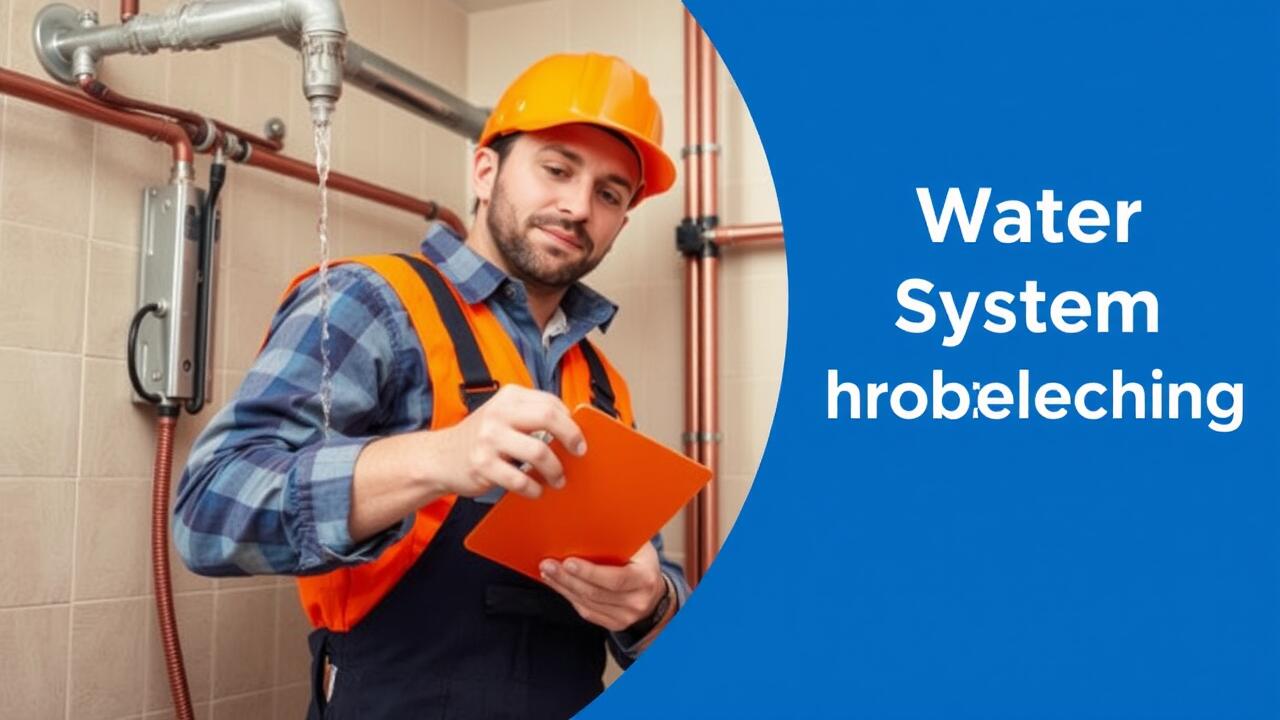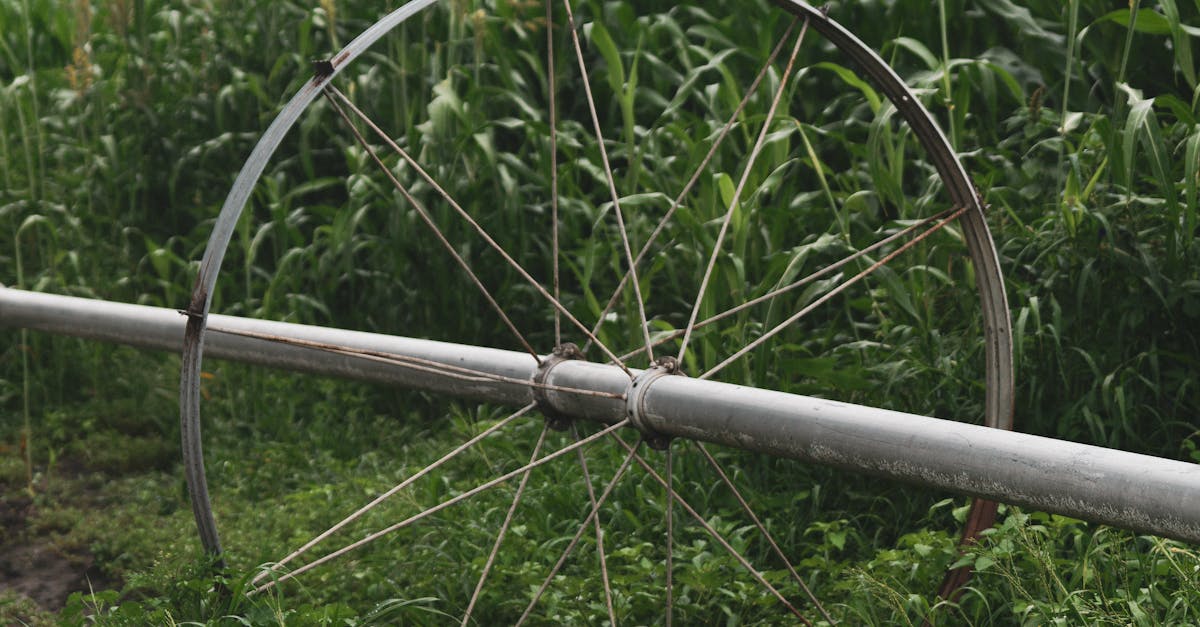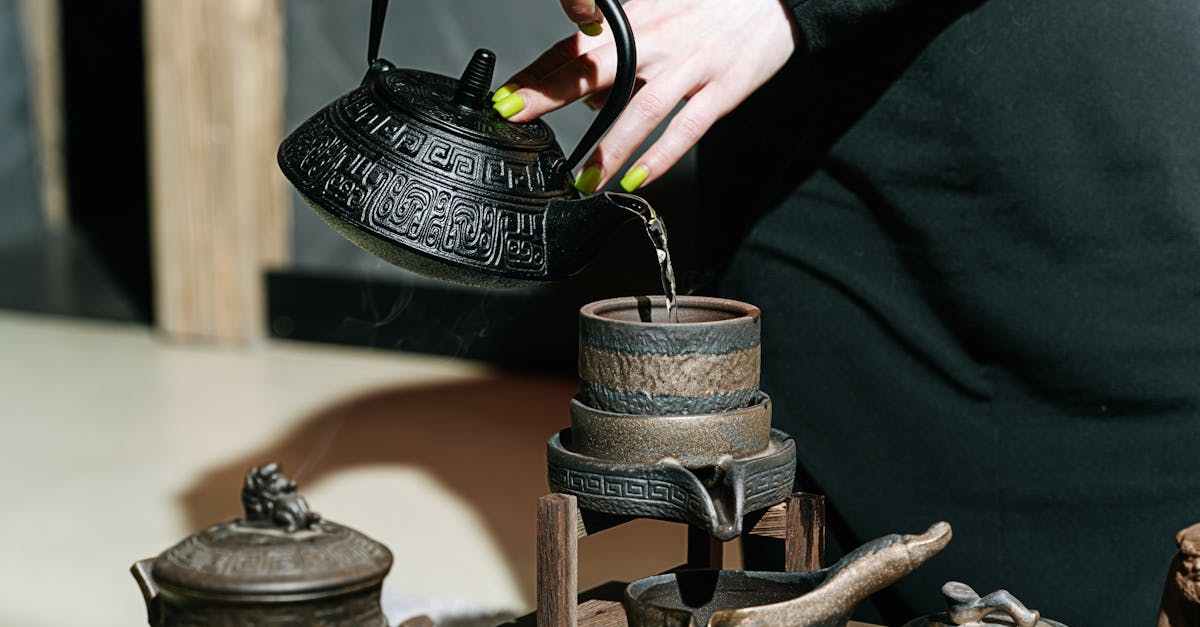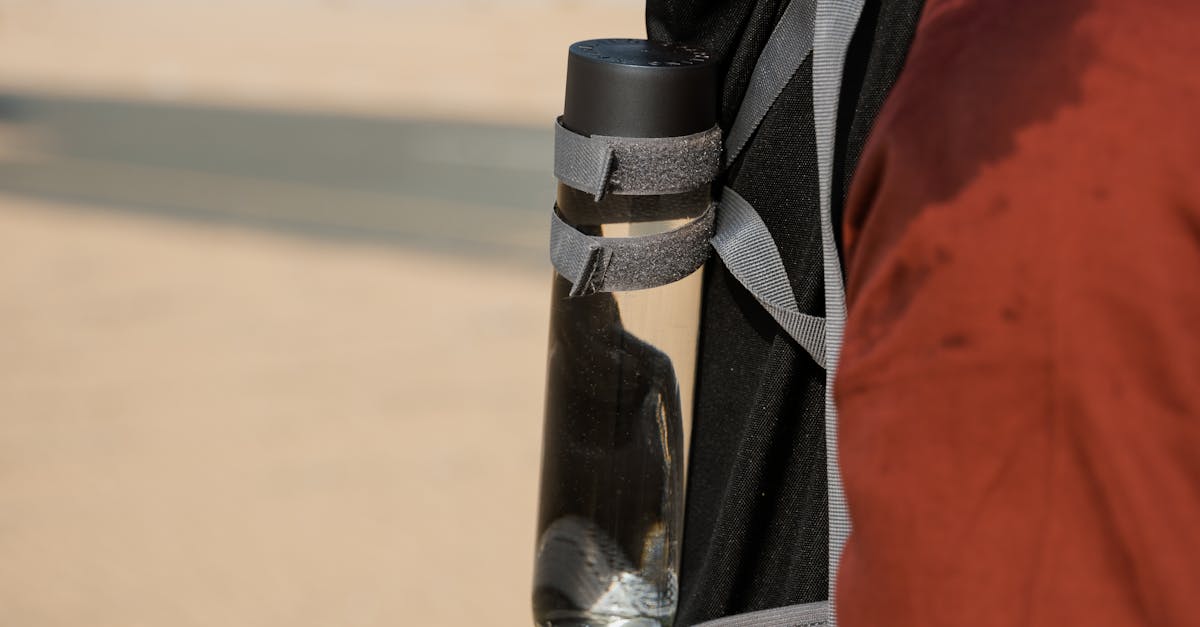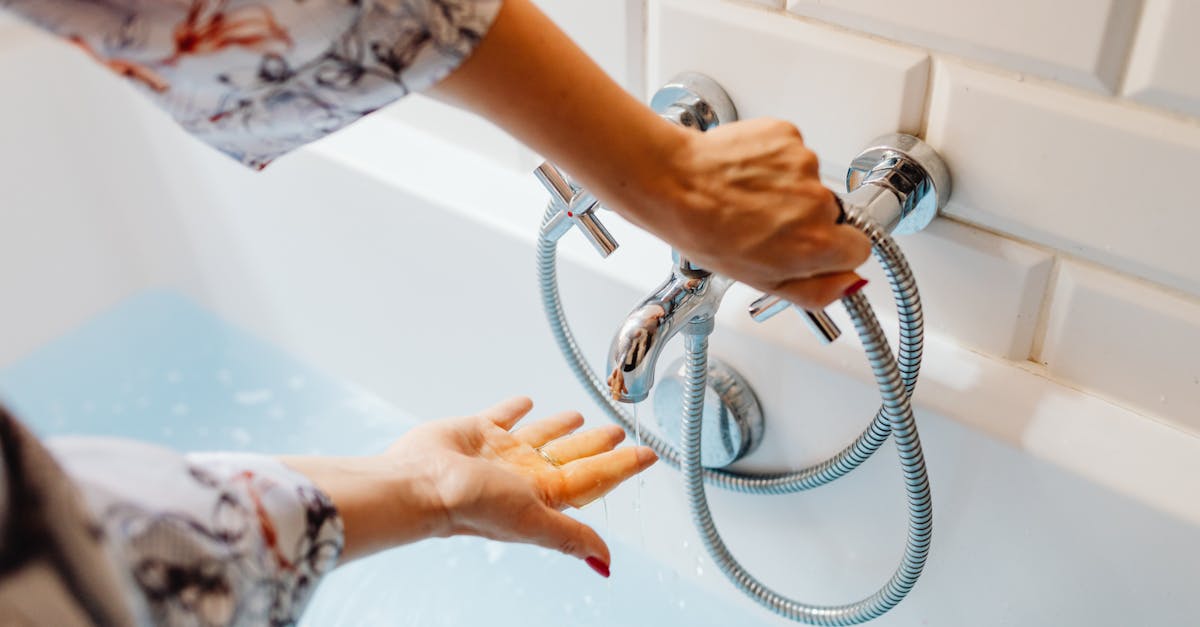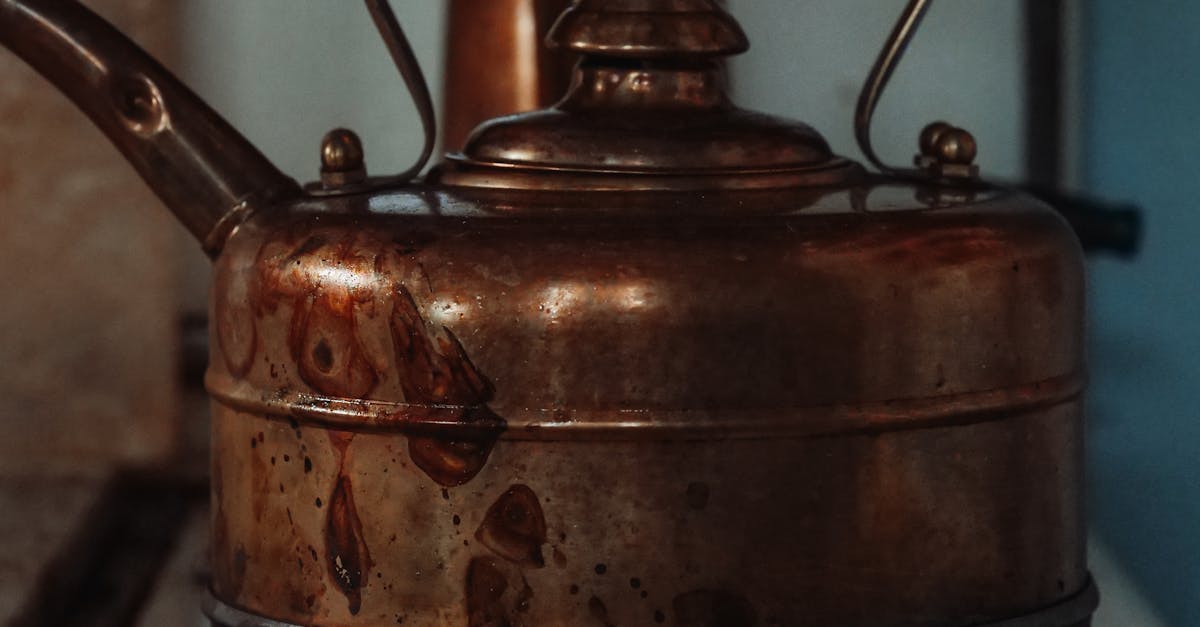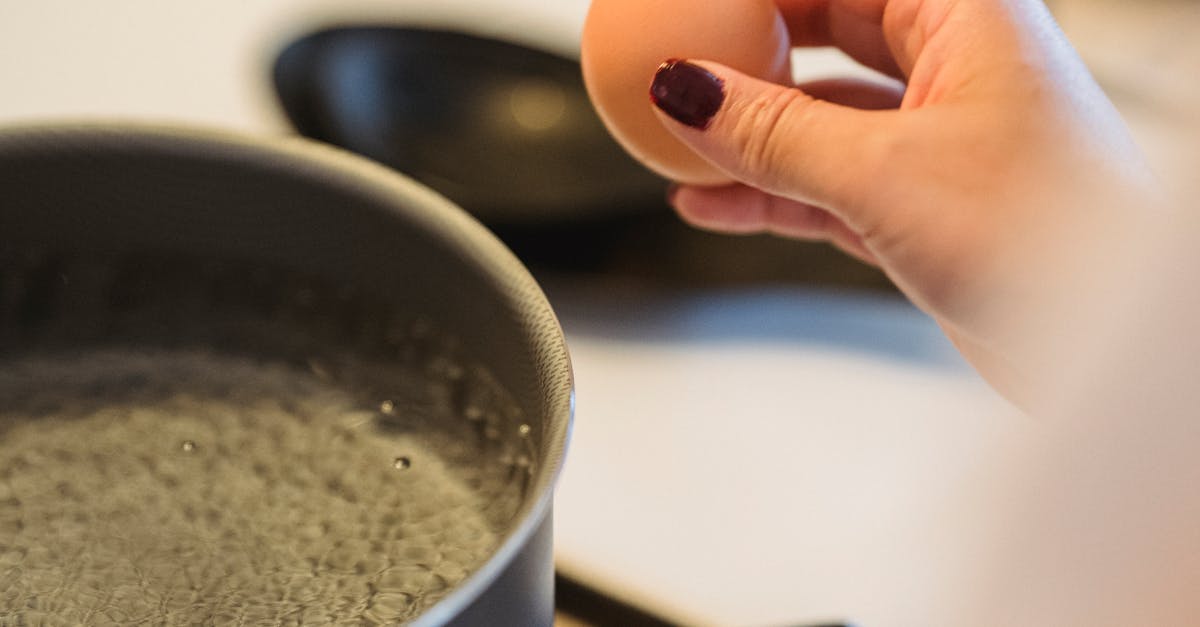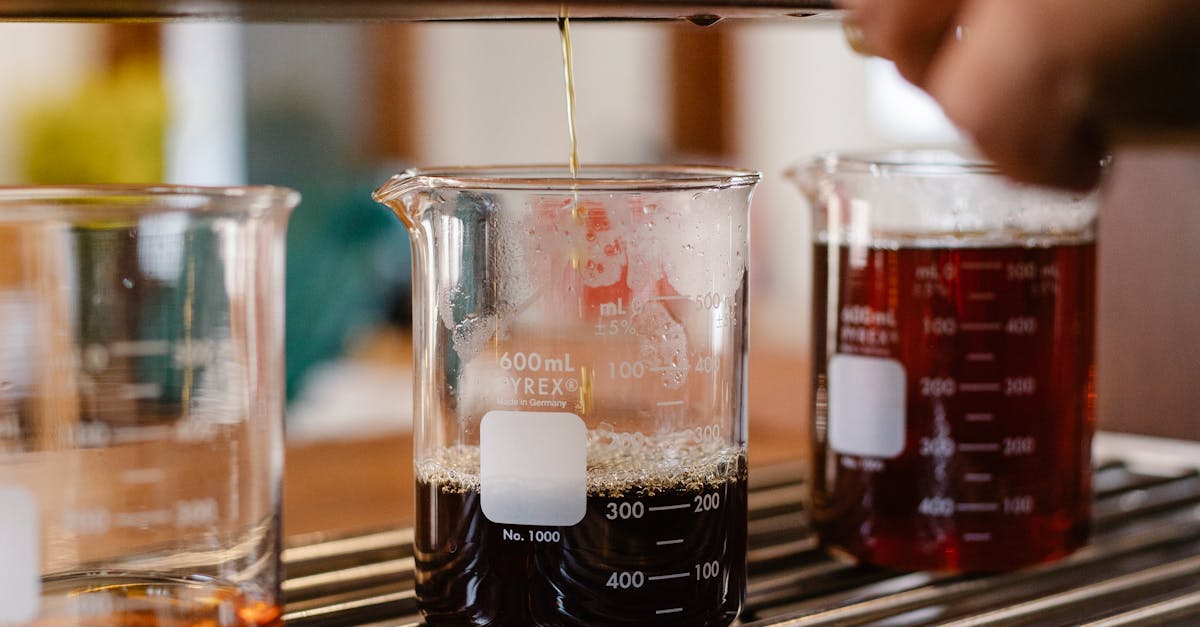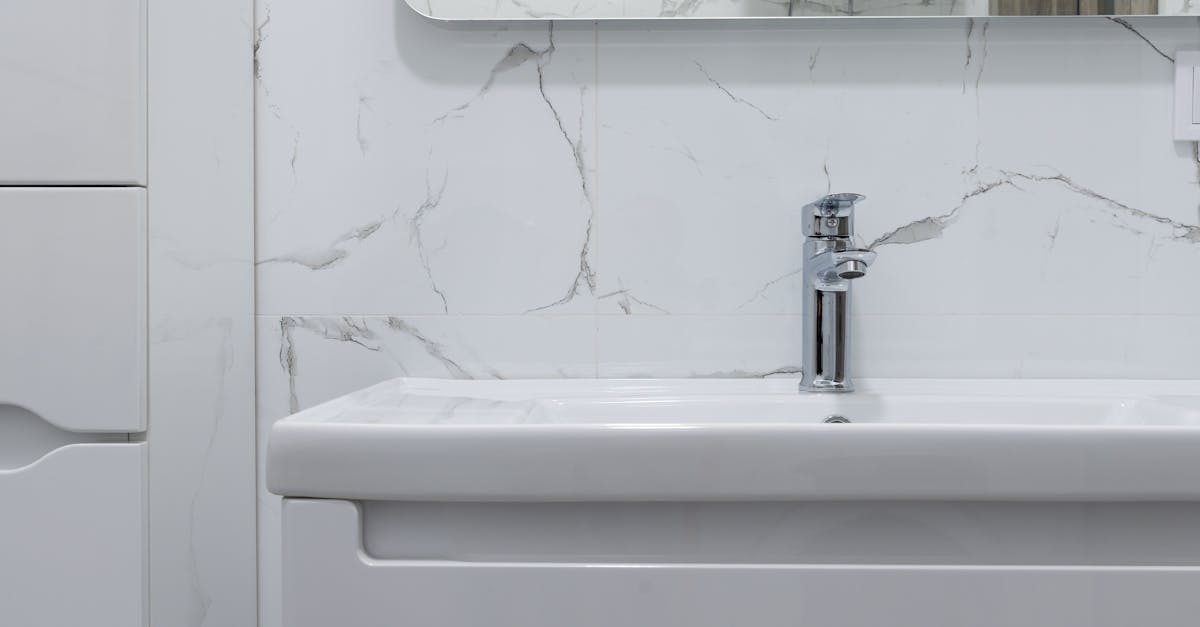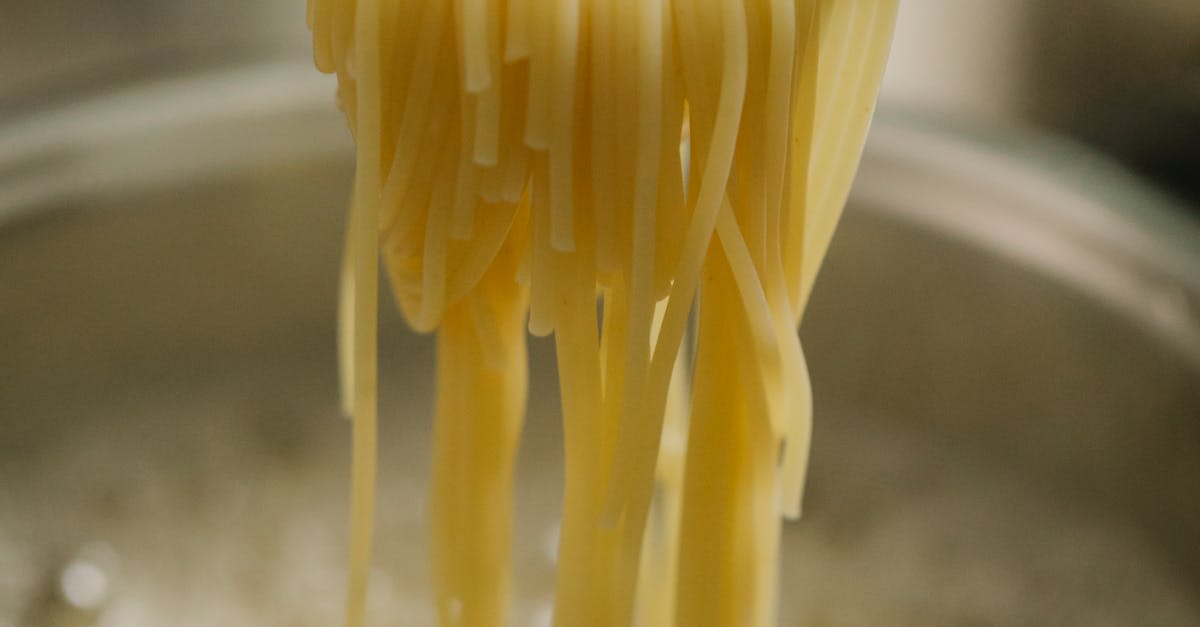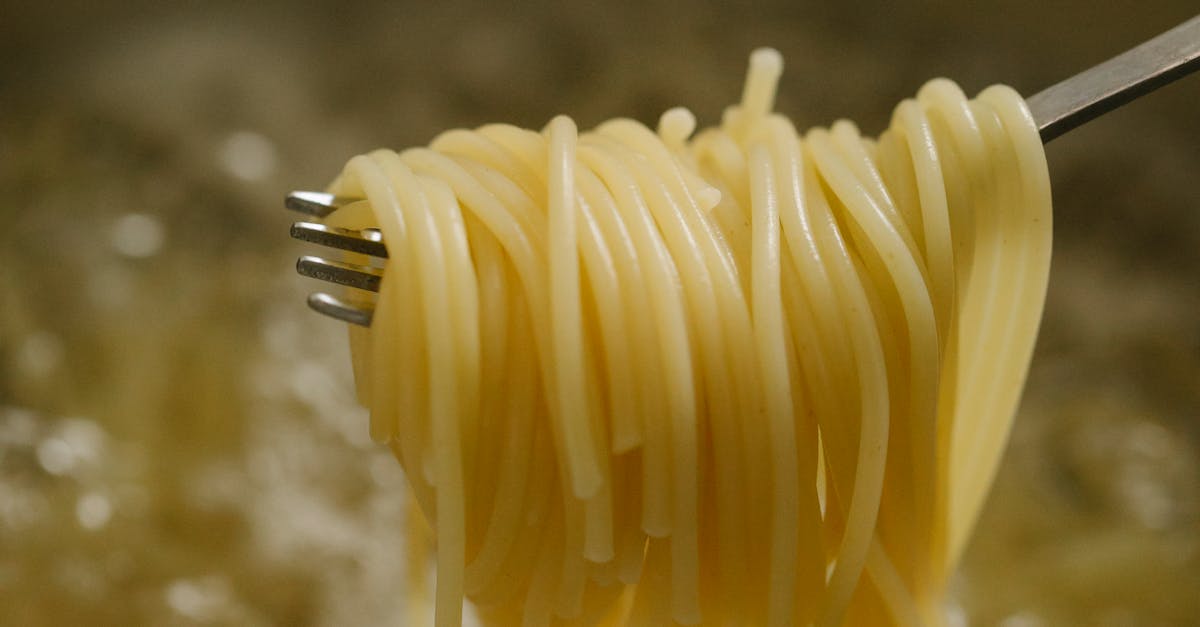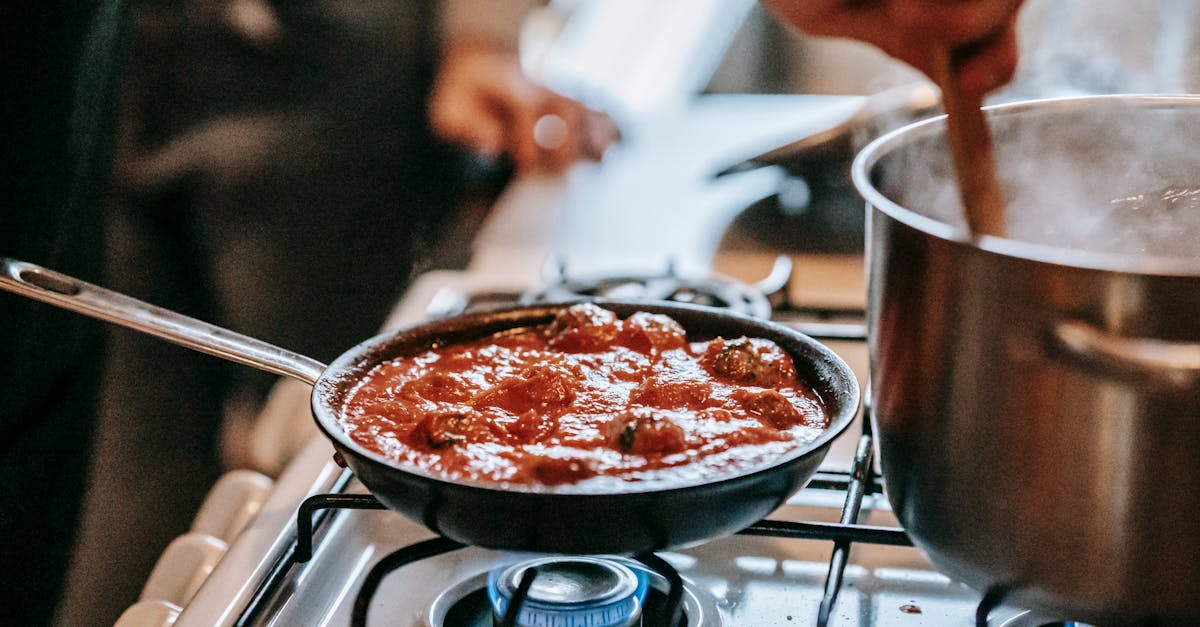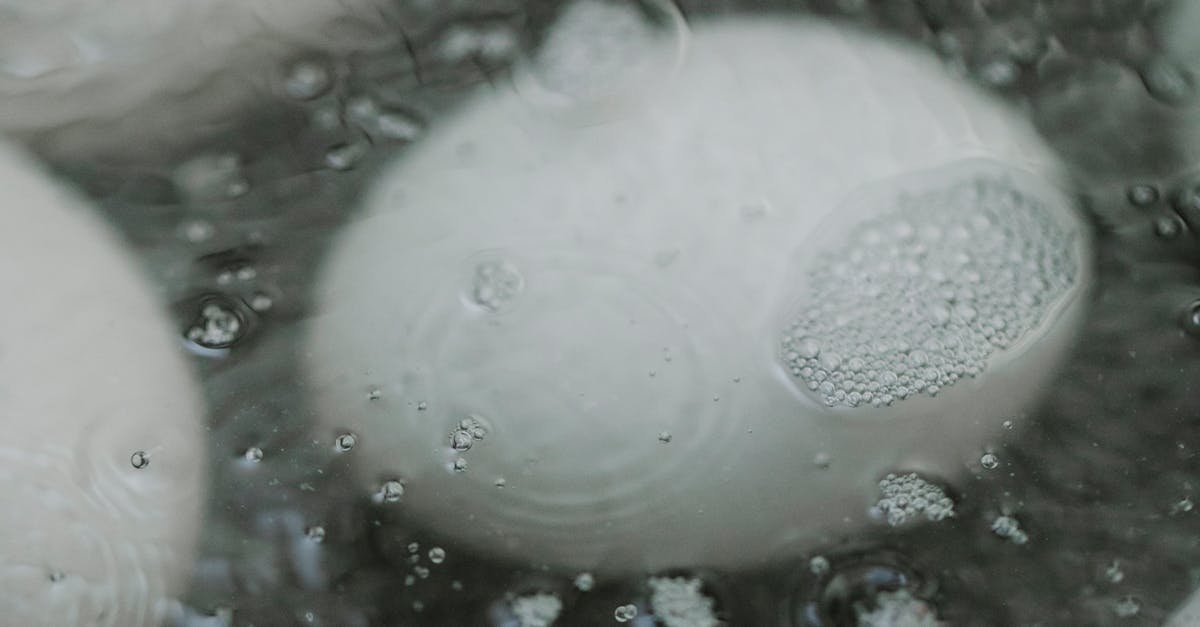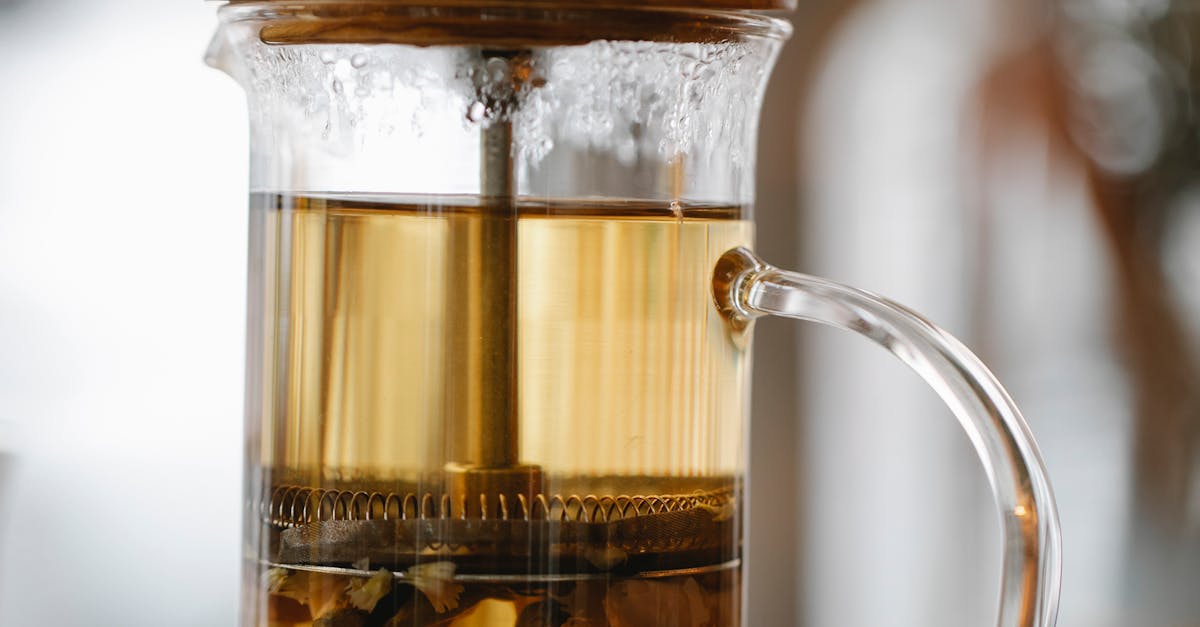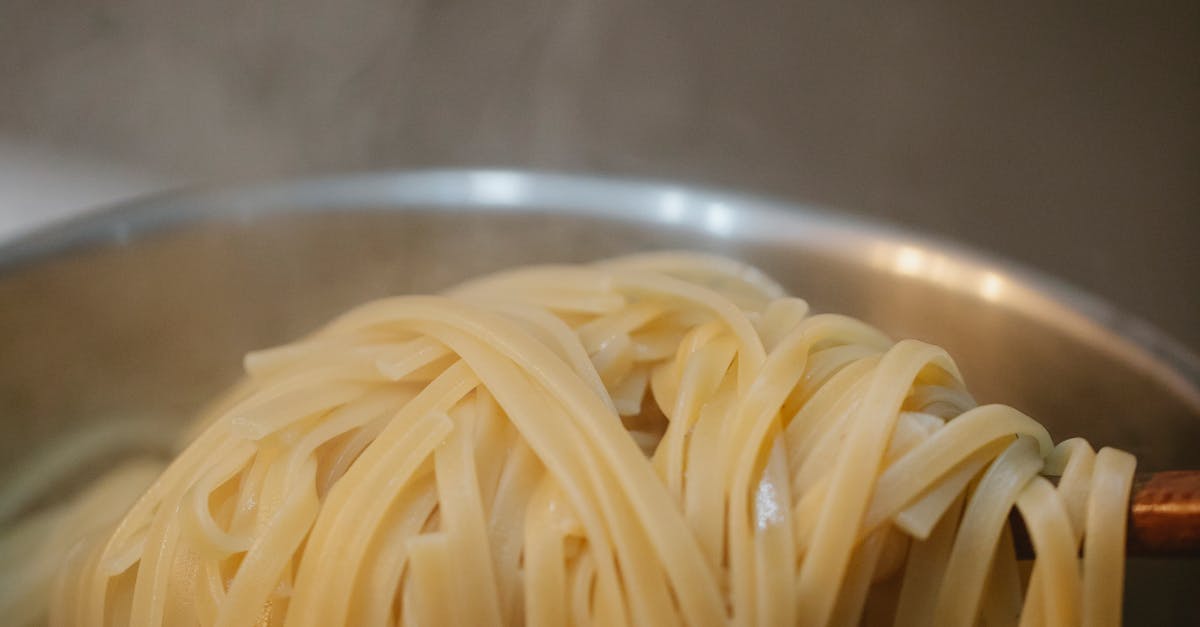
Table Of Contents
Pipeline Leaks
Pipeline leaks can be a significant source of frustration for homeowners, especially when it comes to hot water availability. Leaks may occur due to wear and tear from age, corrosion, or external pressure on the pipes. These small openings can lead to a drop in water temperature before it reaches your faucet, causing the water to run but not heat up as expected.
Identifying a leak often requires a keen eye. Homeowners should look for damp spots, water stains, or unusual increases in water bills as indicators. Conducting thorough Hot Water System Troubleshooting can help pinpoint the issue effectively. Timely repairs can save both water and money, ensuring your system operates efficiently.
Detecting and Repairing Leaks
Detecting leaks in your hot water system can be straightforward if you know the signs. Look for water stains or puddles around the water heater, along pipes, or on ceilings and walls. A sudden spike in your water bill may also indicate a hidden leak. Listening for hissing or dripping sounds can provide additional clues. In some cases, using moisture detection tools can help identify leaks inside walls or under flooring, making it easier to address the issue before it leads to more significant damage.
Repairing leaks typically requires prompt attention to minimize water loss and potential damage to your property. For minor leaks, sealing with plumber's tape or pipe sealant can be effective. More extensive leaks may require replacing sections of piping or fittings. If you are unsure about the severity of the leak or lack experience with plumbing repairs, consulting a professional is advisable. Hot water system troubleshooting often involves checking connections and ensuring they are tight and secure to prevent future issues.
Insufficient Water Supply
An insufficient water supply can lead to situations where your hot water runs but remains tepid. Factors causing this issue often include low water pressure or a malfunctioning supply line. If your plumbing system is experiencing a significant drop in pressure, it could prevent the water heater from filling adequately. This situation can result in lukewarm water flowing from the tap, even when the heater is functioning correctly.
Hot Water System Troubleshooting starts with checking the integrity of your water supply lines. Look for any visible signs of blockages or kinks in the pipes. Additionally, consider inspecting the main water supply valve to ensure it is fully open. If low pressure persists, contacting a professional may be necessary to evaluate your plumbing system and determine the underlying causes. Taking these steps can help restore the flow of hot water to your home.
Assessing Water Supply Issues
When assessing water supply issues, it’s essential to check the pressure and flow rates coming into your hot water system. Low water pressure can lead to inadequate supply, resulting in lukewarm water. This may be caused by problems in the municipal supply, clogs within plumbing, or issues with the main shut-off valve. Routine maintenance can help identify these issues early before they become significant problems that affect the entire home.
Another critical aspect of water supply assessment is examining the plumbing configuration. If there are any inconsistent pipe sizes or bends, they can hinder the flow of hot water. Corroded pipes or those with mineral buildup can also restrict the amount of hot water reaching your faucets and fixtures. For effective hot water system troubleshooting, homeowners should evaluate all components of their plumbing system to ensure optimal performance and avoid ongoing issues.
Incorrectly Sized Water Heater
An incorrectly sized water heater can lead to insufficient hot water, leaving you with lukewarm results. A unit that is too small for your household's needs may struggle to keep up with demand, especially during peak usage times such as morning showers or evening dishwashing. Understanding your household's consumption patterns is essential for selecting an appropriate size. If the heater cannot generate enough hot water quickly, it can negatively impact your daily routines.
Hot Water System Troubleshooting should involve a careful evaluation of the existing water heater's capacity versus your needs. Larger families or homes with multiple bathrooms may require a higher capacity system or even a tankless option to ensure a continuous supply of hot water. Assessing the heater's size in relation to your consumption can help identify whether replacement or adjustment is necessary for satisfactory performance.
Importance of Proper Sizing
Choosing the right size water heater is crucial for ensuring adequate hot water supply in a home. An incorrectly sized unit may lead to insufficient heating capacity, resulting in lukewarm or cold water even when the system is operational. A water heater that is too small will struggle to keep up with the demands of a household, especially during peak usage times, such as mornings or evenings. Hot Water System Troubleshooting often reveals that many issues stem from this fundamental oversight.
To determine the appropriate size, consider the number of people in the household and their typical hot water usage patterns. Factors such as the number of bathrooms, kitchen appliances, and laundry days should be taken into account. Another essential aspect is the heater's recovery rate, which indicates how quickly it can reheat water after a draw. Evaluating these elements can prevent hot water interruptions and improve overall efficiency, showcasing the importance of proper sizing in water heater systems.
FAQS
Why is my hot water running but not getting hot?
There can be several reasons for this issue, including pipeline leaks, insufficient water supply, or an incorrectly sized water heater. Each of these factors can prevent your water heater from delivering hot water efficiently.
How can I detect a pipeline leak?
You can detect a pipeline leak by looking for wet spots, mold growth, or water pooling around pipes. Additionally, monitoring your water bill for sudden increases can also indicate a leak.
What should I do if I suspect insufficient water supply?
If you suspect insufficient water supply, check your main water line for any blockages or issues. You can also consult a plumber to evaluate your system and ensure that water is reaching your heater adequately.
How do I know if my water heater is incorrectly sized?
Signs of an incorrectly sized water heater include running out of hot water quickly or having to wait a long time for it to heat back up. You may need to consult a professional to assess your household's hot water needs and the capacity of your water heater.
What are the consequences of ignoring these issues?
Ignoring issues like leaks, insufficient water supply, or an improperly sized water heater can lead to increased water and energy bills, damage to your home, and reduced comfort due to lack of hot water. It is best to address these problems promptly.
